

By Margaret Cook, PhD, Research Associate, HARC and Meredith Jennings, PhD, Research Associate, HARC
In February, Winter Storm Uri brought freezing temperatures throughout Texas, leading to power failures that caused sustained power outages for 4 million customers between February 15 and 19. Texas homes are often not built for cold weather [1]. During the winter storm, lack of insulation, as well as cracks between doors and walls, leaked a substantial amount of heat from inside homes. As a result, Texans saw the temperature inside drop quickly in the blackout. For homes that had power, lack of insulation meant using even more energy to heat them.
Many Texas homes also aren’t often built for the extreme heat we face every summer. The same cracks that release heat also let out our cool air conditioning while thin windows offer little protection from the hot Texas sun. Lack of insulation and protection from weather means when Texans use heating or air conditioning to keep ourselves comfortable, we’re wasting both money and energy. It also means when the power goes out, we quickly become uncomfortable. And in a sustained outage like we had in February, inadequate protection in our homes is dangerous. Reporters at Buzzfeed found that between 426 and 978 people were killed by the winter storm [9].
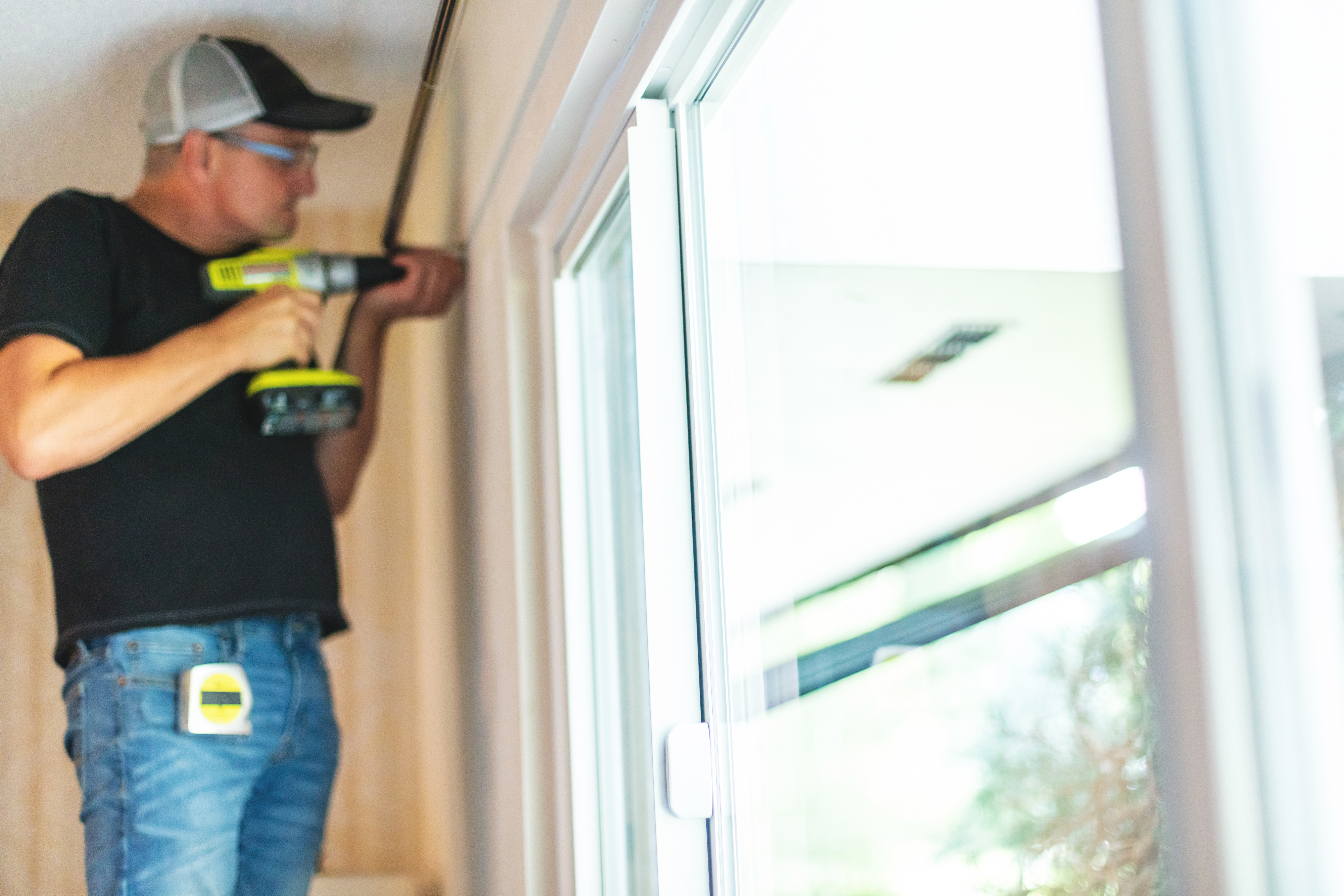
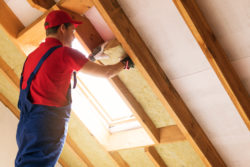
Homes can be weatherized to protect from the sun, rain, wind, or freezing temperatures. Typical changes might include:
The U.S. Department of Energy (U.S. DOE) funds the Weatherization Assistance Program to provide free weatherization to qualifying low-income households, beginning with an energy audit and an evaluation for health and safety concerns. Professional energy audits involve multiple steps including analyzing previous energy bills; inspecting the home internally and externally for insulation, hazards, and air or water leaks; evaluating health and safety concerns; and developing a home energy report. You can conduct a simple home energy audit using the U.S. DOE Do-It-Yourself guide.
After home weatherization, cooling or heating a home requires less energy and saves money on energy bills. When another power outage occurs, weatherized homes would keep residents comfortable and safe for a longer period of time—a very important improvement for vulnerable residents who are more likely to feel the effects of climate extremes. As more homes are weatherized, the cumulative energy savings would also decrease pressure on the power grid, reducing risk of power demand exceeding supply on high usage days. The savings potential for residents is huge; Texas has more economic potential than any other state to reduce its residential energy use [2].
Homes can be weatherized to protect from extreme weather and use less energy, saving Texans money and decreasing pressure on the electric grid during high use events like Winter Storm Uri.
The State of Texas and some energy utilities offer weatherization assistance. The Texas Department of Housing and Community Affairs (TDHCA) operates a Weatherization Assistance Program with funds administered by the U.S. DOE and the U.S. Department of Health and Human Services (DHHS). The U.S. DOE program is available to households at or below 200% of the poverty level and to those who receive supplemental Security Income or Aid to Families with Dependent Children. The U.S. DHHS Low Income Home Energy Assistance Program (LIHEAP) funds are available for individuals earning 150% of the federal poverty level. Utility programs often target hard-to-reach areas, low-income communities, and multi-family markets. Texas was also the first state to pass an energy efficiency resource standard in 2002.
However, Texas has lagged behind other states in implementing energy efficiency measures and weatherization. In the 2011 legislative session, Texas adopted Senate Bill 1125, requiring utilities to eventually save 0.4% of each company’s peak demand. However, in 2018, net savings was only 0.19% of electricity retail sales compared to the average 0.75% for all U.S. states [3]. Additionally, compared to other states and territories in the U.S. participating in the U.S. DOE’s Weatherization Assistance Program, Texas is 12th for total homes weatherized and 53rd in homes weatherized per person since 2010 (ahead of Arizona, Florida, and Puerto Rico) [4]. Harris County is lowest among large counties in Texas for homes weatherized, and surrounding counties have some of the lowest weatherization rates among all counties in the state [5].
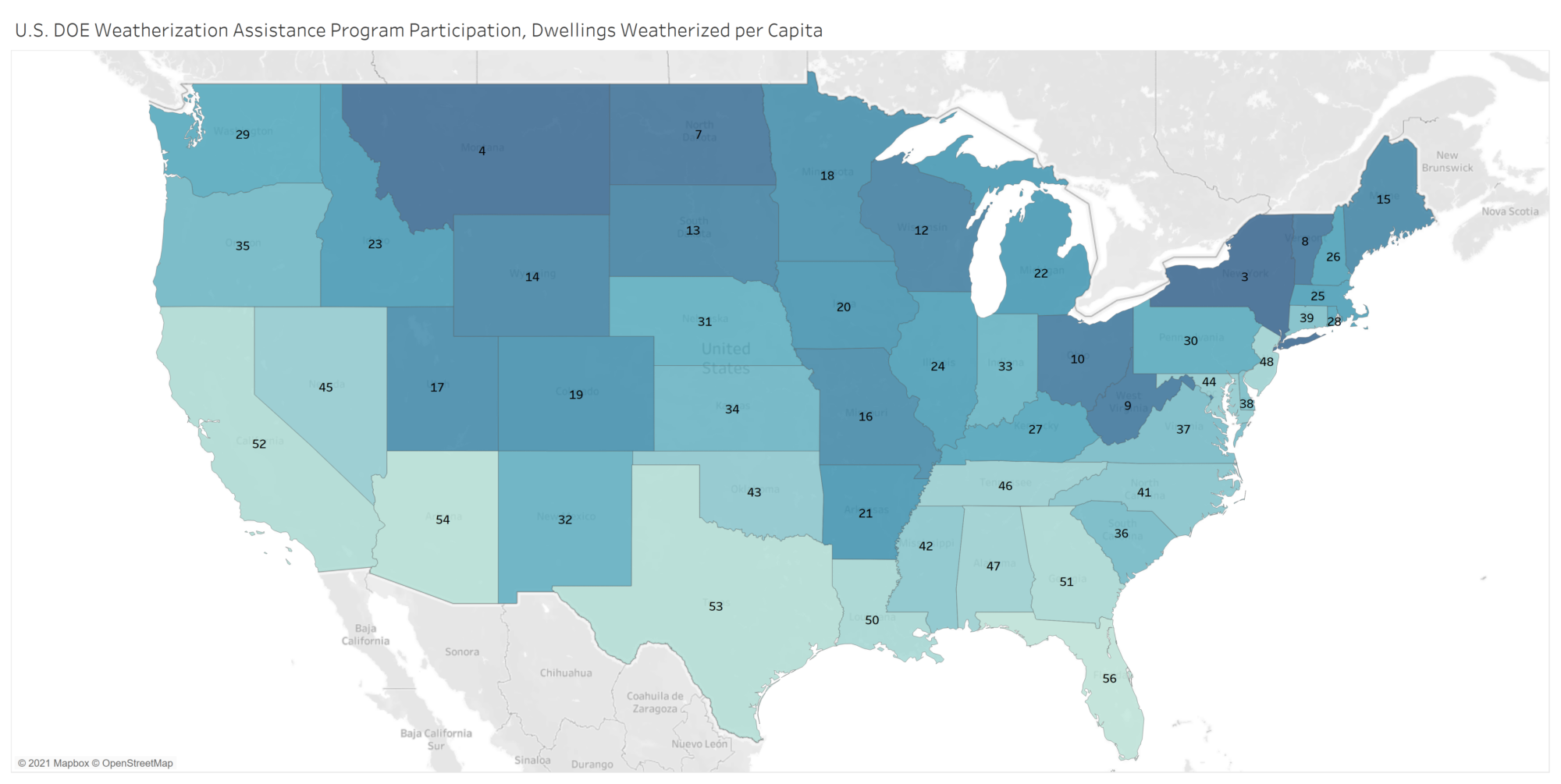
The Texas Legislature recently wrapped up the legislative session and had its eye set on fixing our power and fuel supply. But state and local governments made less progress improving access to protections from extreme weather in Texas homes, including bridging the gap between deferment and implementation. Two identical bills[1] relating to energy efficiency goals for electric utilities, HB4556 by Representative Anchia in the House and its companion SB243 by Senator Eckhardt in the Senate, were scheduled for committee hearings on April 20. These bills aimed to increase energy efficiency targets, an important goal for achieving Texas’s energy saving potential, but they did not include targets or mechanisms to improve access to weatherization. They did not pass this session.
The gap between the population that could be served by weatherization programs and the population actually served by those programs should be evaluated. For example, some residents might be falling in the cracks caused by rules meant to ensure their safety. The U.S. DOE program requires residents to complete home repairs before they can participate in certain weatherization efforts, sometimes deferring those residents until repairs can be made. Local programs like the City of Houston Single-Family Home Repair Program could be targeted to bridge this gap. Some older homes may need to work with additional home health and safety programs, like Houston’s Lead-Based Paint Hazard Control Program.
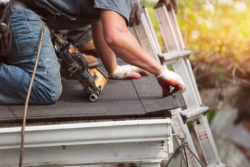
The winter storm might feel like an anomaly; we don’t have large-scale outages caused by statewide freezes often. But extreme weather and the effects on power supplies aren’t that uncommon for Texas. The 2011 drought affected the whole state, and we’re likely to see another hotter and drier summer this year, as well, according to the National Oceanic and Atmospheric Administration. Coastal residents regularly experience tropical storms and hurricanes. The Houston-Galveston region, in particular, experienced multiple regional floods in the two years before Hurricane Harvey devastated our area [6]. Both types of disasters cause problems for power infrastructure [7,8]. Other disasters can affect power supplies and homes, as well, and a changing climate could bring even more of that extreme weather.
The National Climate Assessment points to more potential flooding, overall drier weather, and extreme heat. HARC is currently developing the Resilience Science Information Network to help communities, particularly those in the Houston-Galveston region, understand their climate risk and prepare accordingly.
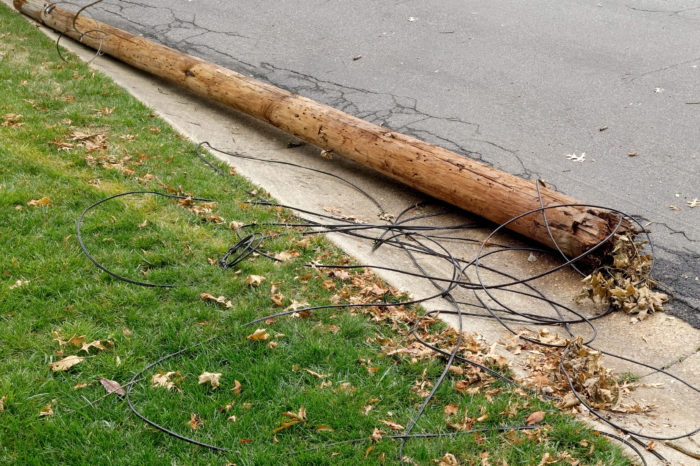
The Texas Energy Poverty Research Institute suggests targeting energy efficiency measures in single family homes in geographical areas with high concentrations of low-income households. The goal is to reduce the energy burden for low-income households who spend 12% of their income on energy (compared to 1% for high income households). We recommend communities and government officials evaluate whether weatherization programs are reaching the populations they intend to serve and take steps to bridge the gap between homes with weatherization potential and homes with weatherization implemented, including connecting the various agencies and organizations that will need to work together to serve residents and prevent deferment. Very importantly, leaders need to listen to the residents who have participated in weatherization programs in the past and residents who would most benefit from weatherization now about what improvements are needed.
In the meantime, and for those who don’t qualify for weatherization programs, HARC has put together a guide on increasing energy efficiency and sustainability of your home in the event of an emergency or natural disaster. Check out HARC’s Texas Residential Passive Survivability Guide or this Guide for How to Winterize Your Home from the Galveston Bay Foundation and HARC staff.